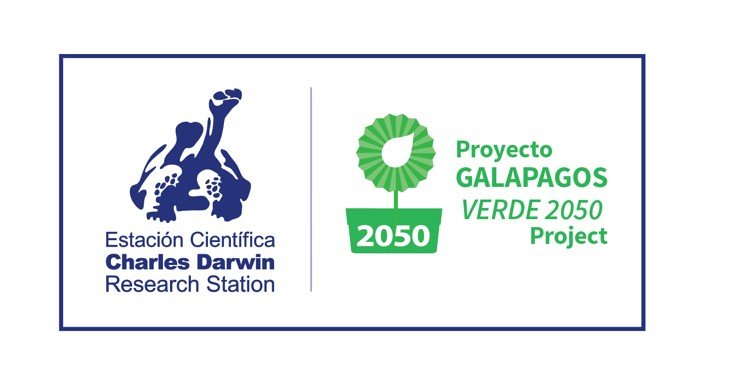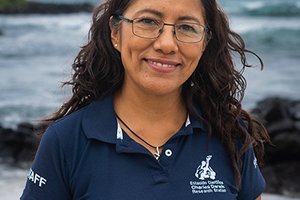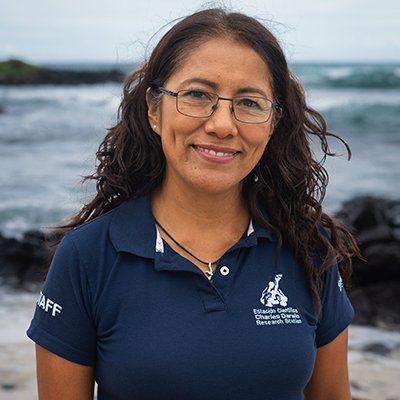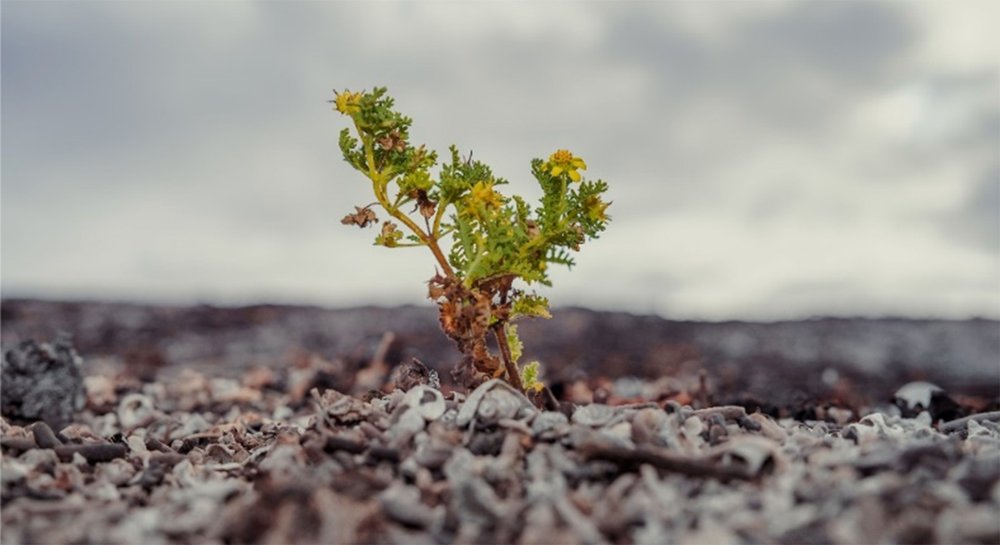
Lecocarpus species re-discovered on Española Island after decades of not being registered!
Lecocarpus lecocarpoides was last seen eight years ago, and this temporary absence led us to believe that the population of this species on Española Island had suffered and was on the brink of extinction as only a few individuals remained on nearby islets. However, fortunately during a field trip in November 2020 the Galapagos Verde 2050 Project, along with Galapagos National Park Rangers found 24 small individuals of this species to the southeast of the island in Punto Manzanillo.
Looking back, we remember one of its last sightings in 2010, where there were more than 25 Lecocarpus individuals in Punta Manzanillo. Then, in 2012, the number of individuals in that area was reduced to 17 (Figure 2). Eventually, during an expedition in 2014 no individual was found in that area. From that moment, we began to ask ourselves: what is happening to Lecocarpus? Since 2019, thanks to the collaboration between the Charles Darwin Foundation (CDF) and the Giant Tortoise Restoration Iniciative (GTRI) from the Galapagos Conservancy, an extensive search was carried out across Española Island, but still not one Lecocarpus individual was found. From then the possible explanations to its ‘disappearance’ began to be discussed, including the possible extinction of Lecocarpus lecocarpoides on Española Island.
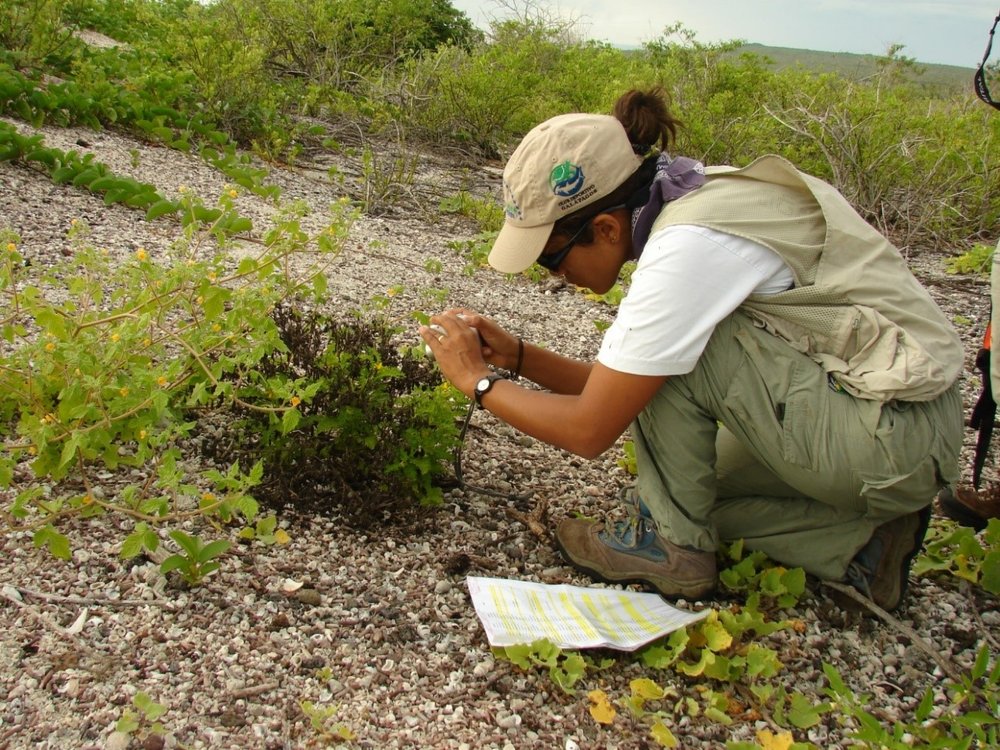
In February while searching for a possible solution to this puzzle, we developed germination trials with seeds previously collected in 2012 and since stored in the CDF Herbarium. This proved successful and produced eight Lecocarpus seedlings. These small babies needed permanent care and attention to grow the right way, which is why during the COVID-19 lockdown in the Galapagos Islands that required the temporary closure of the Charles Darwin offices and lab, we saw the necessity to take these plants to our homes to care for them and guarantee their successful growth. The seedlings taken home remained under close surveillance until they grew healthy, and it was time to quarantine them and return them to their place of origin.
During the time in which the plants were at home, each member of the Tapia-Jaramillo family had a care-taking task like watering every 6 hours as well as collecting and counting seeds, overall collecting more than 2600 seeds in eight months (Figure 3).
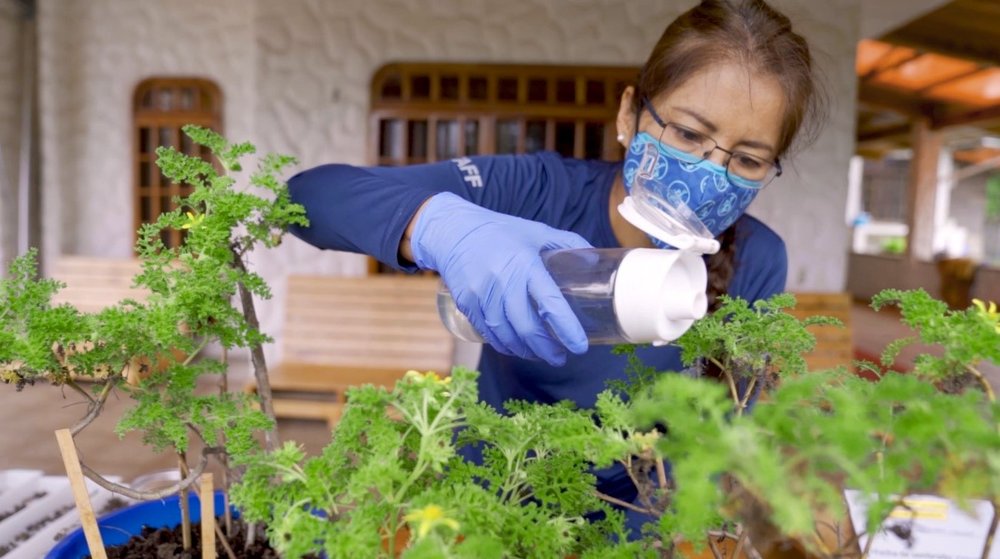
Continuing to seek answers to our questions about the decline in populations of this species, we planned a field trip in which we would take these seedlings back to their place of origin. A week prior, the plants had to be returned to the lab to be in isolation, just as we were at home. This step is fundamental for the plants to pass through a pre-adaptation process, and to clean, disinfect, and comply with the respective quarantine, executed by the Galapagos Biosecurity Agency (ABG) for the prevention of unwanted species from entering the study site (Figure 4).
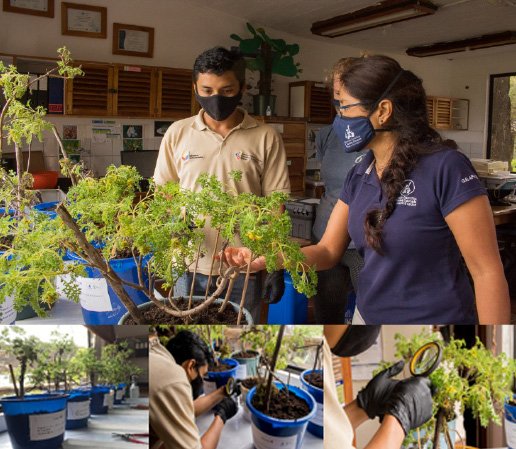
In November 2020, the Galapagos Verde 2050 research team travelled to Española with the primary objective to repatriate eight Lecocarpus individuals germinated in the laboratory and raised at home. At this time, we reflect on the possibility that these could be the last of this species originating from Punta Manzanillo, Española.
Once at the study site, as we prepared the site for planting the plants together with one of the DPNG park rangers Jeffreys Málaga and GV2050 member Luka Negoita, we made a great discovery, something surprising: 24 small, living Lecocarpus individuals! (Figure 5).
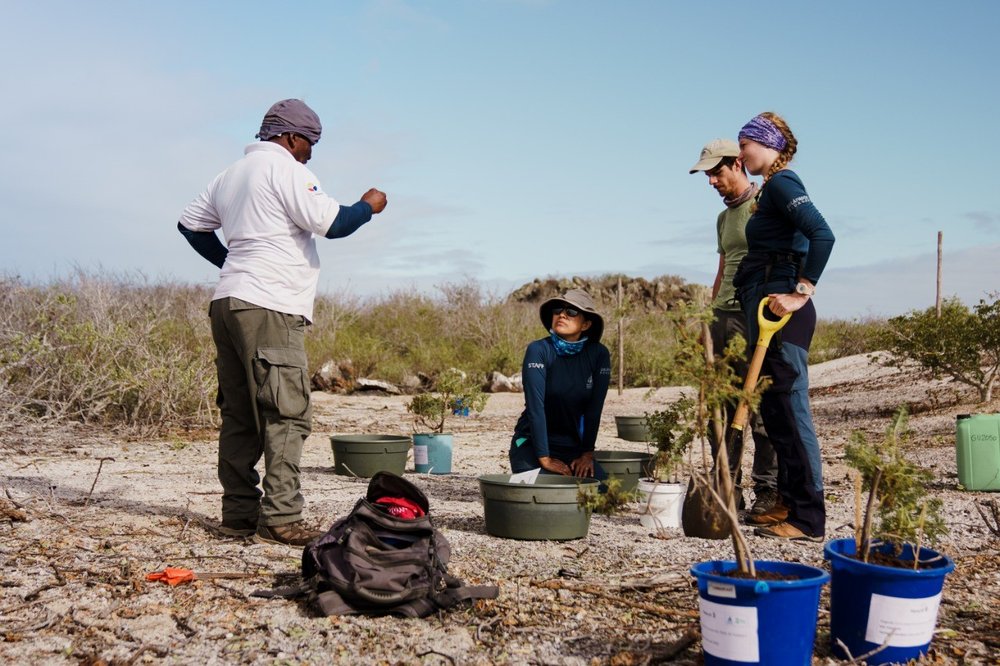
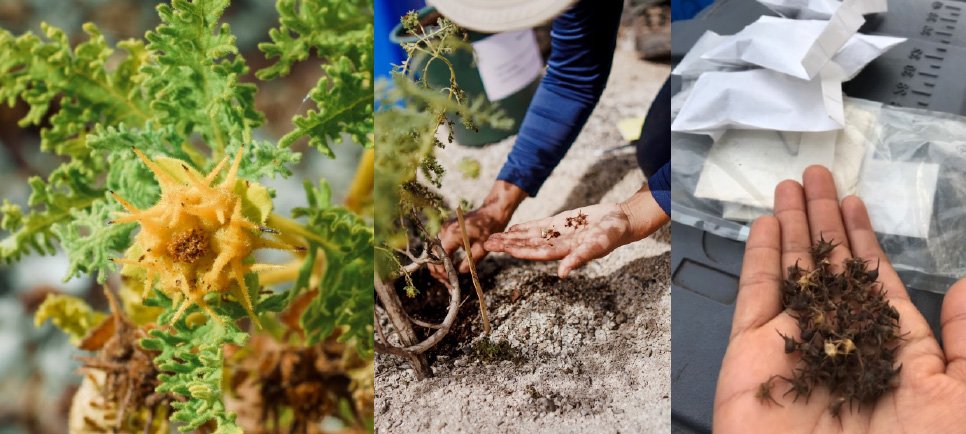
During this beautiful planting work, we took the opportunity to collect about 240 seeds of this species (Figure 6). Some of them have already been planted directly in the same study site, as part of an on-site germination experiment. While the remaining ones will be used to conduct ex-situ germination experiments at the Charles Darwin Research Station on Santa Cruz Island; as well as to add them to the seed bank of the CDF Herbarium.
The continuation of new germination experiments, both in situ and in the laboratory, will allow us to continue exploring and generating the information that could help us find the answers we are looking for, to understand how the reproductive aspects of this species may have influenced the decline of the population on Española, and how to advance the effort to restore this species. For this, the GV2050 project continue to look for the best techniques and methods for germination of this plant. This is therefore part of the process necessary to restore the species to its historical population size, and try to reverse the risk of extinction.
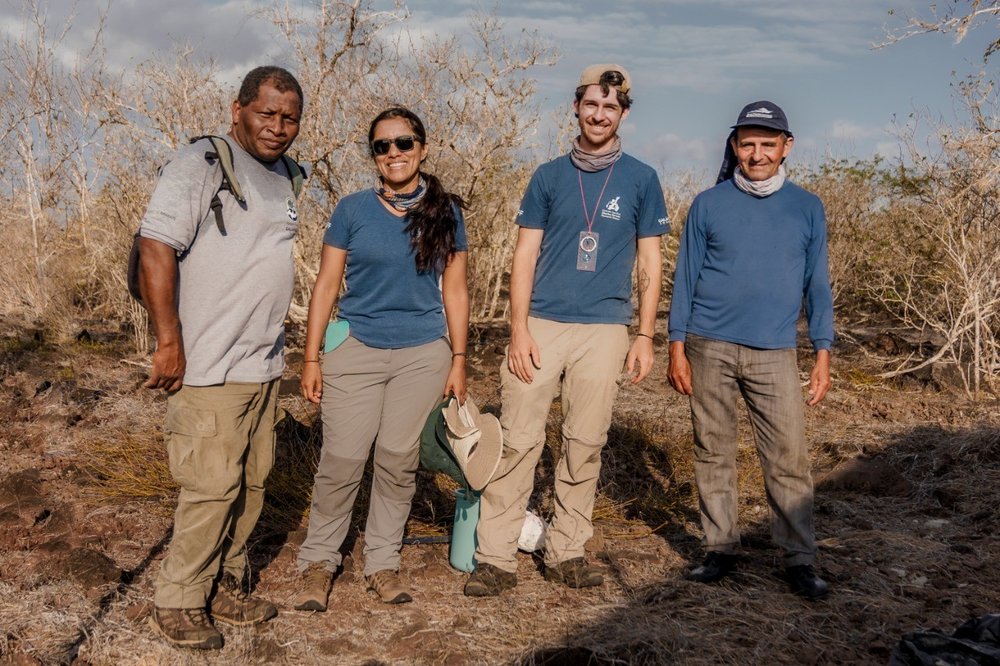
Finally we want to share the satisfaction and excitement of the GV2050 research team Patricia Jaramillo Díaz, Luka Negoita, Paul Mayorga, Esme Plunkett, Carlos Bolaños and Anna Calle, for repatriating eight Lecocarpus lecocarpoides individuals to their original site thanks to successful germination experiments and registering 24 new individuals in an area where none had been registered in over a decade. We would like to take this opportunity to thank the Galapagos National Park Directorate, especially Christian Sevilla, Jeffreys Málaga and Wilson Villamar, for their great contribution throughout this process.
We would like to take this opportunity to thank, the National Park Directorate Joshua Vela Fonseca, Andrés Cruz, Novalino Castillo and his field team who helped us with the field work.
Thank you for the support of the ABG, Galapagos Conservancy through its Giant Tortoise Restoration Iniciative (GTRI), and the COmON Foundation for their support in the development of this project.
This blog was written in collaboration with Esme Plunkett and Leslie Leon, whom I thank for their contribution.
